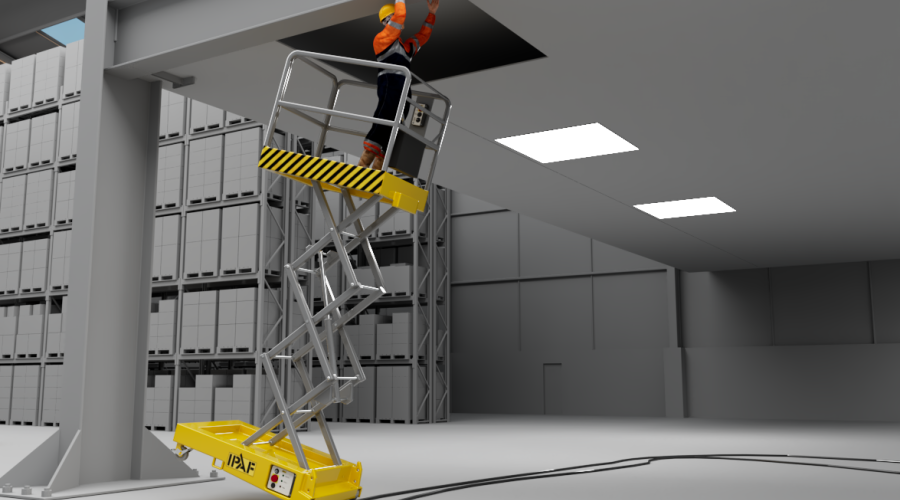Overturns

Failing to operate a MEWP correctly can result in the MEWP overturning, which can lead to fatalities, major injuries and damage to property and the environment.
What can cause a MEWP to overturn?
- Travelling the MEWP in the elevated position over uneven ground – MEWPs can become unstable and tip over if they are driven elevated over uneven ground, or if they impact an obstacle on the ground.
- Operator error – Failing to understand the safety systems and features of the MEWP could lead to overturn. MEWP operators need to be trained and familiarised with the MEWP they are operating so they understand the safe operating characteristics and procedures to follow.
- Working outside a MEWP's limitation – Some MEWPs are fitted with envelope control systems. If a MEWP operates outside this safe area it can lead to overturn.
- Impact with other equipment – If a MEWP is hit by other equipment there is potential for overturn.
- Poor ground or surface conditions – Soft ground or surfaces that are not capable of supporting a MEWP can sink or collapse without warning.
- Overloaded platforms – MEWPs have a maximum Safe Working Load (SWL). If this is exceeded, it can lead to the MEWP becoming unstable and overturning.
- Excess wind – MEWPs have a maximum allowable wind speed they can work in. If a MEWP is operated above these limits it can lead to the MEWP overturning.
- The sail effect – Attaching a banner to a MEWP's platform can act like a sail and can lead to overturn.
Top tips:
- Make sure you are trained and familiarised on the MEWP you are going to use!
- Read and understand the MEWP operator manual.
- Plan ahead – always walk your route first and lookout for hazards.
- Never set up on any ground or surface that is not suitable.
- Always use spreader pads on Type 1 MEWPs, e.g., vehicle mounted and tracked MEWPs.
- Keep an eye on the ground or surface as you are operating.
- Only drive elevated on a firm level surface.
